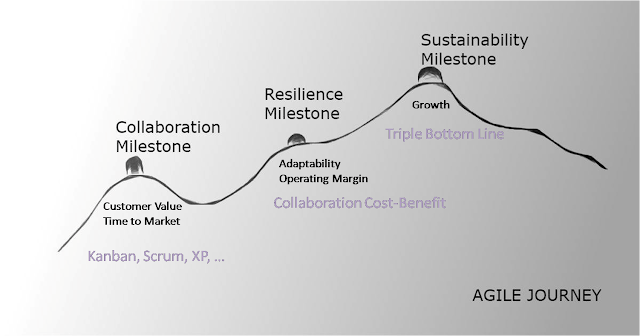Leadership in Agile Organizations

To many, leadership in organizations is associated with position, role, hierarchy, and the task-authority relationships vested in them. This is the traditional view and where are statutory, regulatory and governance requirements this view holds true even in organizations that have transitioned to Agile. Hierarchical organizations took a matrix organization structure to deal with differing line and function management requirements, typical of projects. As hierarchies flattened and the need to collaborate outside of functional silos became imperative, network organization structures evolved. However, most of these retained their bureaucratic hierarchical nature with frequent turf wars. True network organization structures are dynamic in that they are in a constant state of flux. A network organization is a result of a transformation that is necessarily enterprise wide. The nature of leadership in a true network organization is diffused, very different from tradi...

